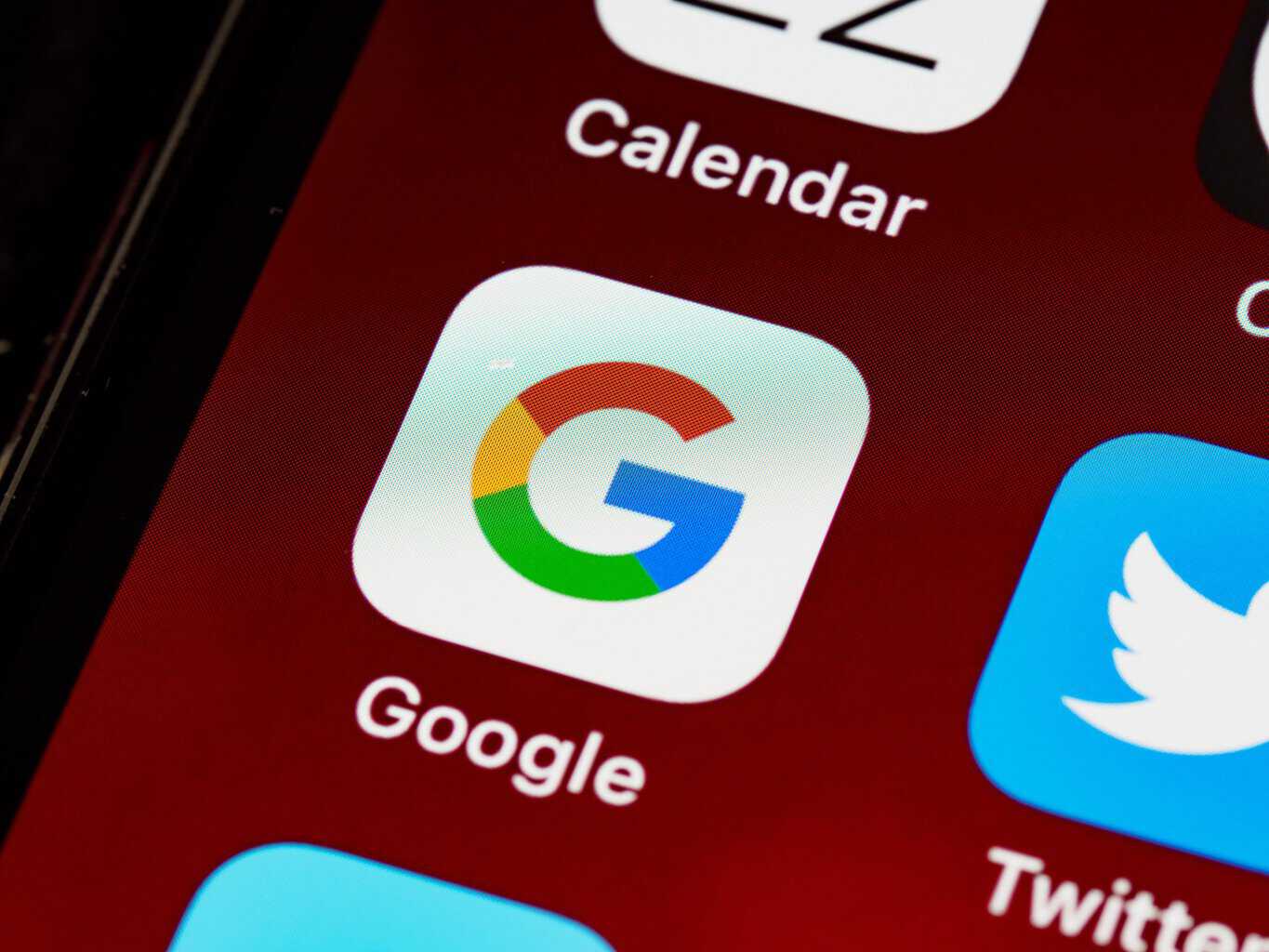Generative AI tools are coming to Google Workspace

It seems like AI is everywhere these days, an increasing number of companies are integrating the technology with their services and developing their own machine-learning systems. Google is certainly no exception, with the company recently announcing this week that generative AI tools are set to be rolled out across the Google Workspace suite of products.
They are designed to streamline workflow and administrative duties, reducing the time required to complete repetitive tasks and will be available within products including Chat, Docs, Gmail, Meet, Sheets, and Slides.
Users will be able to make use of several new functions, including automated email drafting and replying; brainstorming, proofreading, writing, and editing in Docs; image, video, and audio generation in Slides; categorization in Sheets; background generation in Meet; and new processing and workflow capabilities in Chat.
Google has also confirmed the launch of AI models which developers will be able to learn from and build upon, with the ultimate aim of further AI integration across Google’s product line.
It hasn’t been plain sailing for Google and AI technology. After the recent success of OpenAI’s ChatGPT, Google debuted its own conversational AI system, Bard.
However, in its very first public demo, Bard made a mistake, giving an incorrect answer to a question about the James Webb Space Telescope.
This was no doubt embarrassing for the company, and the seemingly innocuous error saw Google’s parent company Alphabet’s share price take a hit to the tune of over $100 billion.
Despite this setback, Google appears determined to enter the world of AI and rival companies like Microsoft, which have begun rolling out their own machine-learning systems. Experts predict the technology is set to revolutionize a range of different industries and sectors, it will improve automation capabilities for administrative tasks and even offer new ways to conceptualise and produce creative content.






